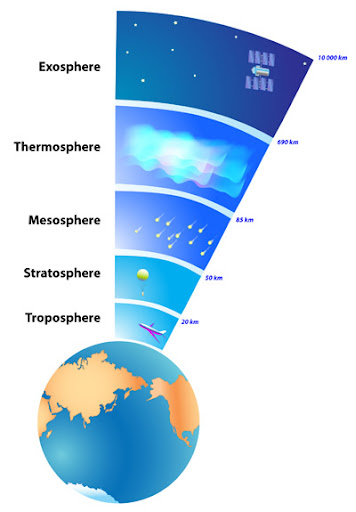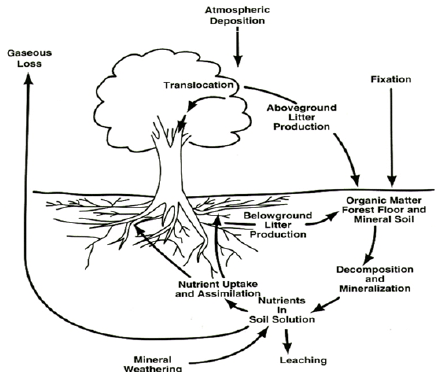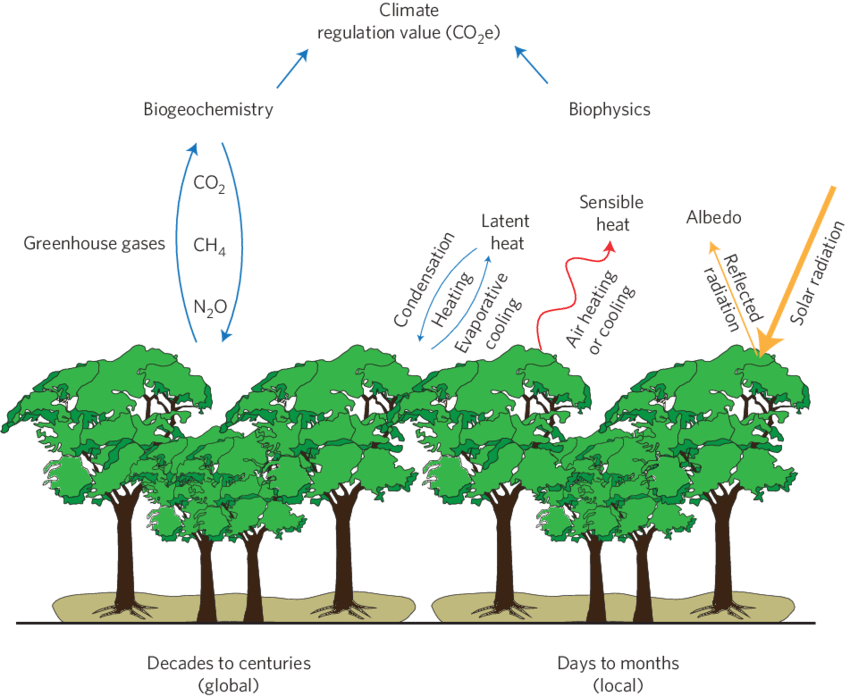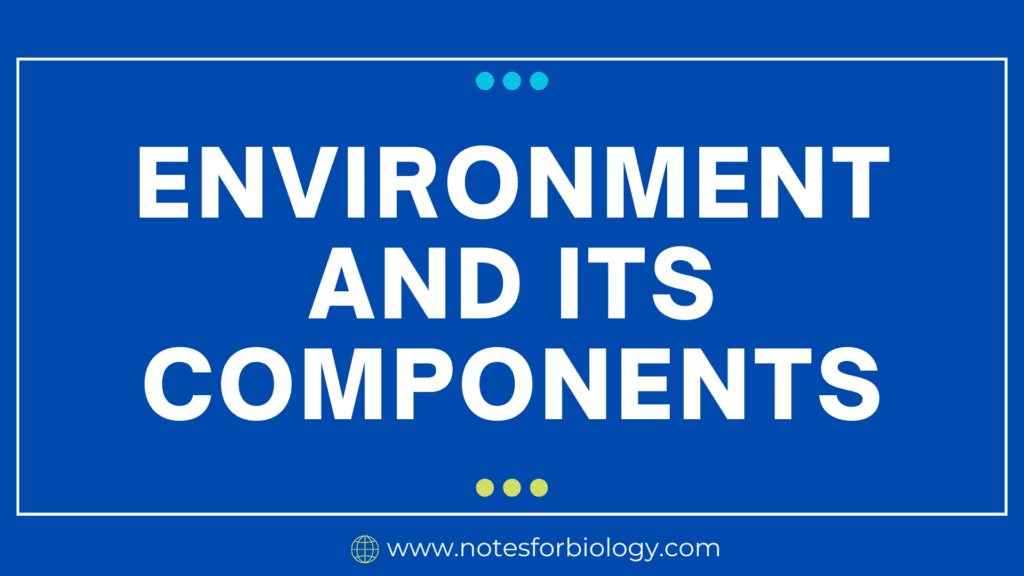What do you mean by Environment?
The settings in which life is found on Earth are referred to as the environment. The environment is made up of things like people, animals, sunlight, water, trees, and air. They are the elements of the earth, both living and non-living. Animals, humans, and plants are examples of living things.
Our home, Earth, is a dynamic and complex tapestry made up of many threads, each of which is essential to preserving the delicate balance of life. All living beings and non-living objects that interact with one another to produce a complex web of interrelated systems are included in this tapestry, which we refer to as the environment. Every element, no matter how large or little, plays a part in the symphony of nature, from the whirling clouds in the sky to the thriving life under the ocean’s surface.
This article explores the environment’s complex structure, highlighting its essential elements, their interdependencies, and the vital role they play in maintaining life on Earth.
Table of Contents
The Biotic Components: The Foundation of Life
The biotic component, which includes all living things, from the tiniest bacterium to the biggest blue whale, is the most noticeable thread in the environmental tapestry. The term “biota” refers to this group of creatures that together constitute a variety of communities, each with distinct tasks and relationships.
Plants
The creators of the environment, they use photosynthesis to capture solar energy and transform it into chemical energy that is stored in their tissues. The whole food chain is powered by this energy, which gives omnivores, carnivores, and herbivores alike the nourishment they need.
Animals
Ranging in size from tiny crustaceans to magnificent lions, animals are the environment’s consumers. Their food sources include plants and other animals, and they are essential to the environment because they control population growth, spread seeds, and aid in the cycling of nutrients.
Microorganisms
These often undetectable creatures, which include fungus, bacteria, and viruses, are responsible for the breakdown of dead organic matter and the release of nutrients back into the environment, maintaining the cycle of life and death.
The Life Stage: Abiotic Elements
The abiotic components, or non-living materials that provide the physical environment and resources required for life, are essential to the existence of the biotic components. These elements serve as the stage for the drama that is life.
Atomsphere

The atmosphere, a thin layer of gases that envelops the Earth, is essential for controlling temperature, blocking off dangerous radiation, and supplying oxygen for human respiration. It also has a significant impact on wind dispersion and precipitation, which changes weather patterns.
Hydrosphere
All living things on Earth depend on water, which includes lakes, rivers, groundwater, and even the water vapor in the atmosphere. It functions as a transport medium, a home for many species, and a solvent for chemical processes.
Lithosphere
Consisting of vital minerals and nutrients, the lithosphere is the top mantle and crust of Earth. It offers a stable base for life. It also affects how the land is shaped, resulting in a variety of habitats for various species.
sunshine: The most important source of energy for life, sunshine powers photosynthesis, which sustains the food chain as a whole. Additionally, it affects weather patterns and temperature, which shapes the distribution of life on Earth.
Interdependence: The Life Web
The environment is a complicated network of interrelated parts rather than just a collection of discrete parts. A delicate balance that supports life is created by each component influencing and being impacted by the others.
Food Webs
Intricate food webs, in which each creature resides at a distinct trophic level, depict the movement of nutrients and energy through the environment. These webs show the interconnectedness of all living things and the cascading effects that may happen when a species is eliminated or has a fall in number.
Nutrient Cycling

Both biotic and abiotic components are constantly exchanging vital elements including carbon, nitrogen, and phosphorus. These cycles underscore the interdependence of all living forms by preserving the flow of nutrients required for life.
Climate Regulation

The Earth’s climate is controlled by the interaction of the hydrosphere, lithosphere, and atmosphere. The distribution of water, the land’s reflectance, and the atmosphere’s composition all affect temperature, precipitation, and wind patterns, which in turn affects the survival and dispersion of different species.
The Human Effect: Piecing Together the Tapestry
Being the dominant species, humans have a big influence on the environment. Our actions, driven by our need for growth and development, have the power to either maintain or upset the delicate balance of the planet’s ecosystem.
Pollution
When dangerous compounds are released into the environment, they may disrupt ecosystems, endanger public health, and accelerate climate change. Examples of these pollutants include air pollution, water pollution, and soil contamination.
Habitat destruction
Numerous species are threatened with extinction as a result of forest clearing, wetlands drainage, and the conversion of natural ecosystems into farming or urban areas.
Climate Change
Extreme weather, an increase in sea level, and ecological disturbances are all consequences of the emission of greenhouse gases into the atmosphere, which is mostly brought about by the burning of fossil fuels.
The Need to Take Action to Save the Tapestry
The state of the ecosystem affects every species’ quality of existence, including our own; it is not only an abstract idea. As a result, action must be taken immediately to preserve and improve the environment on Earth.
Sustainable Practices
We may lessen our environmental impact by using sustainable practices in agriculture, business, and daily life, such as cutting down on waste, preserving resources, and utilizing renewable energy sources.
protection Efforts
perserving the complex web of life requires preserving natural places, repairing damaged ecosystems, and encouraging biodiversity protection.
Education and Awareness
Long-term sustainability depends on increasing public knowledge of environmental challenges, passing on knowledge to future generations, and cultivating a feeling of environmental responsibility.
The environment serves as evidence of how interrelated all life is. The system that supports all living things, including ourselves, is intricate and dynamic. We can guarantee a healthy and sustainable future for ourselves and future generations by comprehending the complex mechanisms of this tapestry, realizing our effect on it, and acting to safeguard and maintain it. The legacy we leave for the planet and its people will depend on the decisions we make now.
Frequently Asked Questions(FAQ)
Define Climate?
A region’s climate is its long-term weather pattern, usually averaged over a 30-year period. Rigidly speaking, it is the average and variability of meteorological variables over periods of months to millions of years.
What do you mean by Hydrosphere?
The total amount of water on Earth—in the ocean, on land, in the atmosphere, and on the surface—is known as the hydrosphere. The amount of land on Earth that is covered with water is about 71%.
Write about Habitat destruction?
When a natural habitat can no longer sustain its native species, it is referred to as destroyed habitat (also called habitat loss and reduced habitat). There has been a decline in biodiversity and the number of species since the organisms that were once there have either moved elsewhere or died.
Related Articles

